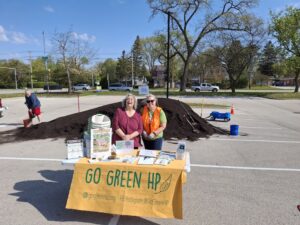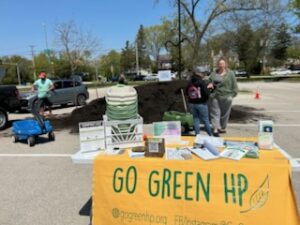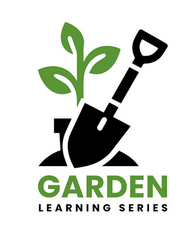
SWALCO Events for June
Learn more about how to be environmentally responsible by checking out all that SWALCO has to offer. Featuring events in June. To learn about these …
We are a grassroots organization partnering with our city and neighbors to create a clean and healthy place to live, now and for future generations.

Climate Coach Program
Are you thinking about installing solar panels? Do you want to establish a pollinator garden? Or are you curious about how to make your home more energy efficient? Unsure where to start?
Sign up to talk with a Highland Park Climate Coach! Climate coaches are neighbors who have implemented a variety of different solutions to make their homes more efficient and climate friendly. Sessions can take place via a phone call or in-person and take around 30 minutes. Coaches are volunteers and are not affiliated with any vendors or contractors they recommend.
Learn more and register to talk with a Climate Coach today! https://forms.gle/46WdDr75x1sKzjPQ9
Example topics include: electrifying your home, planting native gardens, installing solar energy or heat pumps, purchasing an electric vehicle, insulating drafty homes and more.
If you are interested in becoming a climate coach, fill out this form.
ICAW in Highland Park Recap
May 4-10, 2025
Monday, May 5-GGHP team members were delighted to chat with residents again about “All Things Compost” at the Highland Park Public Library. We gave away countertop kitchen pails and showed off beautiful, rich, homemade compost in the lobby, while answering questions about how to make and use this wonderful, natural soil amendment. We were very excited to add our first Compost Storytime to “the mix” to engage even the littlest food recyclers. Children from 18 months to 3 years enjoyed hearing the classic story, Compost Stew, by Mary McKenna Siddals and wiggling their Itsy Bitsy Spider fingers. Their favorite activity, by far, was adding sticks, leaves, and food scraps, to their very own felt-board Compost Stew. A live interview with library staff during the IFSCC monthly meeting rounded out our Adventure in Composting that day. You can catch it here right after the introduction.




Go Green Highland Park also hosted an amazing Compost Give-Back on Saturday, May 10. We had perfect weather to welcome 102 vehicles to the Hidden Creek Aquapark lot. Thanks to the Park District of Highland Park for providing tarps, shovels and cones to help us run this successful event. Our community is full of yards that are working! Some are growing fruits and vegetables for people and others are growing native plants and flowers for wildlife and pollinators, many are growing both. It is rewarding to know that our compost is growing and sustaining communities big and small within our town. Thank you to all of the volunteers for keeping guests safe and lending a hand when needed. We would like to thank SWALCO once again for their generous donation of 20 yards of soil nourishing, locally made compost. Lastly, thank you to the residents and businesses that participate in the municipal composting program for helping divert food scraps from our landfills. Happy composting!
Environmental Book Discussion
Secret World Books 1774 2nd St. HP
Thursday, July 31
1:30 -3:00 p.m.
Go Green HP will be collaborating with Secret World Books for our next book discussion. The selection is Life as We Know It (Can Be), by journalist Bill Weir. Even the title alludes to hope, a good choice for summer.
We will meet at Secret World Books either in their cozy back room, or in their garden.
Books can be purchased at Secret World at a 20% discount.
We hope you will join us!

Join NSPC-Deerfield and Support GGHP with Every Purchase💚
The North Shore Plant Club orders plants direct from Midwest Nurseries to provide more options, healthier plants, and better prices than most brick and mortar garden centers.
Sales have started!! Sales typically open on Thursday and close Sunday night. Within 1 week of ordering, plants are delivered to our hub in Deerfield and you have a 3 day window to pick at your convenience. There is also limited delivery available.
5% of all plants ordered via our custom link will be donated to Go Green Highland Park to support our work. Happy shopping!

Learn more about how to be environmentally responsible by checking out all that SWALCO has to offer. Featuring events in June. To learn about these …

Wednesday, June 11 – 6:00pm-7:30pm CT Free 2025 Garden Learning Series continues at 6:00pm CT online only If you enjoy a nice cup of tea and …

We are excited to launch a new segment for our readers called, “Habitat Corner.” We will share timely information and curated articles about native gardening …

Highland Park residents working together for a healthier and more sustainable community.